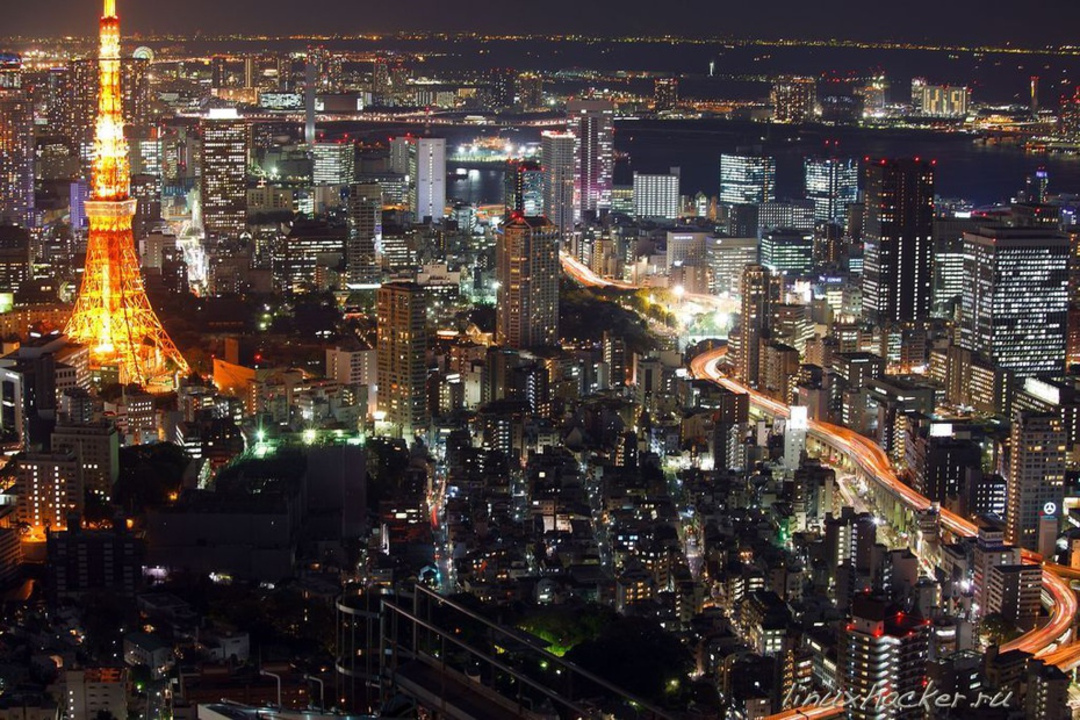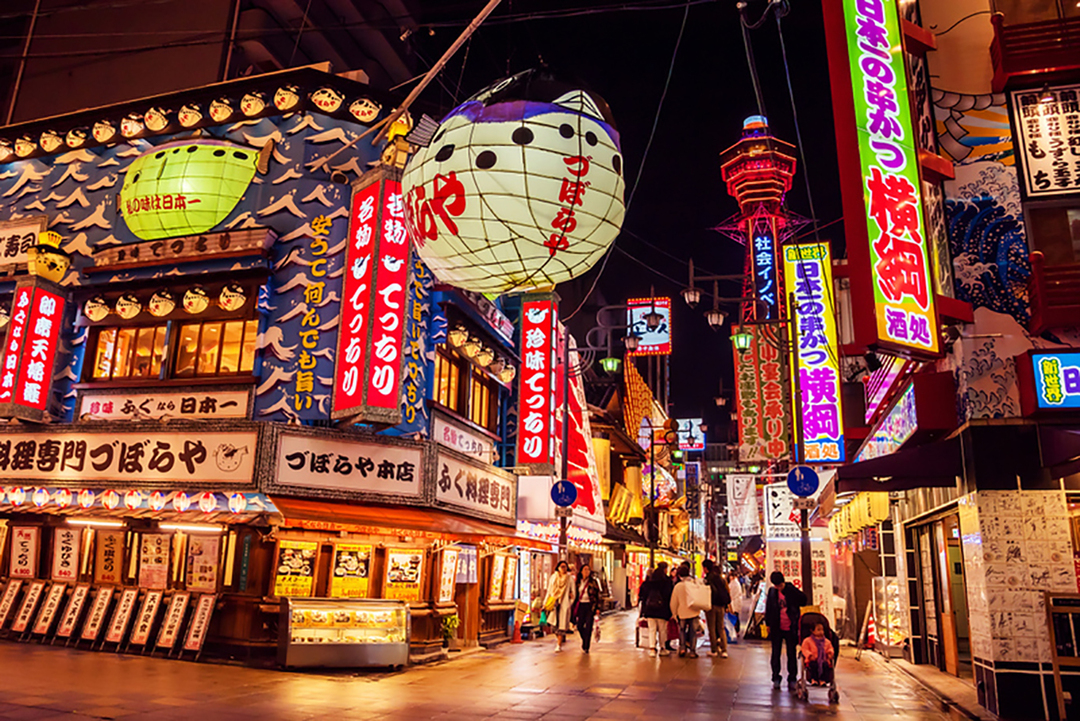A day on the rooftops of Tokyo: Japan is a mountainous country, so it is not surprising that its cities stretch upward. What, if not a skyscraper, can you build by looking at Mount Fuji every day? Tokyo is all vertical. Below – only the slots of the roads. To see the perspective of Tokyo, one has to climb the highest. “Waaaa!” As the Japanese say.
The skyscrapers and towers are also a living testament to the incredible technical prowess of the Japanese and the hope that everything will survive, despite any earthquakes. The best time for the route is autumn, winter, and early spring when the air is especially clear.
Sky Deck Mori Tower

A day on the rooftops of Tokyo
Unlike most of Tokyo’s towers, Mori Tower’s Sky Deck offers open views of the metropolis. But first, you need to get to the glazed 52nd floor. It’s not so obvious that you can climb higher because there is also an observation deck here. We follow the arrow of the Sky Deck, disarm, leave everything except the phone and the camera in the locker, and take another lift to the roof with the helipad. You can only walk here on wooden decks – hence the name “deck”. From the roof, of course, all the mountain ranges of the city are visible: Shinjuku, Shinagawa, and Odaiba. The best view opens to the east – towards the old Tokyo Tower and Tokyo Bay. The brand new Sky Tree Tower is visible when looking north. It costs 500 yen to climb the Sky Deck.
Mori Art Museum

A day on the rooftops of Tokyo
Museum of Contemporary Art, which is located on the 52nd floor of the Mori Tower. They try to exhibit not only contemporary Japanese artists but also present the art of Asia in general. However, exhibitions change all the time. The museum is also cool in that it goes beyond the boundaries of its territory and turns the entire floor of the building into an art space. When you walk along with the windows of the observation deck, as if suddenly you stumble upon an installation: everything moves, sounds, shines … Even the museum cafe looks different every time to correspond to the on-going exhibition. Gallery tickets cost 1000-1500 thousand yen.
Azabu Kappau Wamon

A day on the rooftops of Tokyo
Small fish restaurant with traditional low tables. This is not scary, because there is a recess under the tables, and you can safely stretch your legs. There are only three rooms, plus a bar counter. The fish menu is remarkably varied. Prepare, of course, Japanese cuisine Washyoku. Here you can see that the traditional Japanese diet is not limited to sushi. For lunch, workers from nearby companies gather here, from Google to Goldman Sachs.
Tokyo Tower

A day on the rooftops of Tokyo
Tokyo Tower is only 333 meters high. There are two observation decks: at 150 and 250 meters. If you want to climb higher, then you should come early so as not to wait (sometimes several hours) at the lower platform. It is very difficult to call the building, built-in 1958, old, but Tokyo Tower gives exactly that impression: old and cozy, as if from photographs in sepia color. Perhaps this is due to its resemblance to the Eiffel Tower. It is pleasant to think about the past here, to imagine how many people have been here, how many romantic dates have passed. In the evenings, music concerts are held on the lower platform and, of course, there is a cafe, pizzeria, McDonald’s and a shop where you can buy souvenirs.
Shiba Koen

A day on the rooftops of Tokyo
A park that is visible from Tokyo Tower and from which Tokyo Tower is visible. Actually, for this reason, he very often appears in news reports and TV shows. There are many lovely lawns here to lie back, relax and take some pretty pictures of the tower. You can walk through the park to the Zojo-Ji Temple. The most interesting thing about the temple is the cemetery lined with stone Jizo. Jizo figurines are very sad and very touching: they symbolize unborn children. They are carefully dressed in red hats and bibs. Of course, there are always flowers here. If not scary, stop by.
Asakusa Station

A day on the rooftops of Tokyo
An important transport point of the city. There are two Asakusa stations – Tokyo Metro and Tobu line. There are many exits, so it is better to see in advance where the one you need is located. Tobu Line Station is located in a beautiful Art Nouveau corner building, so it may not be immediately recognizable. To buy passes, go to the dedicated “information desk” on the ground floor. For walking in Tokyo, transferring to the water bus, and exiting the Sumida River, it is better to choose the Tokyo Metro exits.
Kuritsu Sumida

A day on the rooftops of Tokyo
The park is located on both banks of the Sumida River. It is especially good here in March-April when sakura blossoms. By the way, perhaps, in this park, the sakura tree blooms first in Tokyo, though performed by the Sky tree. The fact is that, depending on the season, the tower glows in different colors, and in the spring it turns into a pale pink color of wild cherry petals. In the evening, the view of the Sky tree is no less mesmerizing than from it. And Kuritsu Sumida Park is the best place to admire it again.
Tokyo Skytree

A day on the rooftops of Tokyo
One of the tallest towers in the world, Tokyo Sky Tree (634 meters), was opened in spring 2012. Unconditional must-do. You need to queue up for tickets in the morning (online booking is possible only with credit cards from Japanese banks), and before visiting, be sure to check on the website to see if the ascent has been suspended due to weather conditions.
Kamiya

A day on the rooftops of Tokyo
The bar is located next to Asakusa Station, so it is convenient to stop by before or after visiting the Sky Tree. It opened in 1880. He is the patriarch of all Tokyo bars and from the height of his past years knows how to maintain dignity. For example, there is absolutely nothing to say about design here, because in general, it does not exist. I don’t want to compare it with the dining room either. All you need to know: it is very noisy, terribly smoky, but it is easy to imagine Japan before the economic boom when hard workers came here to drink. It is very difficult to do this anywhere else. The bar goes to bed in a pensioner way early – at 22:00. By the way, you can also eat here – they prepare the delicious curry.
Read More About Japan


















